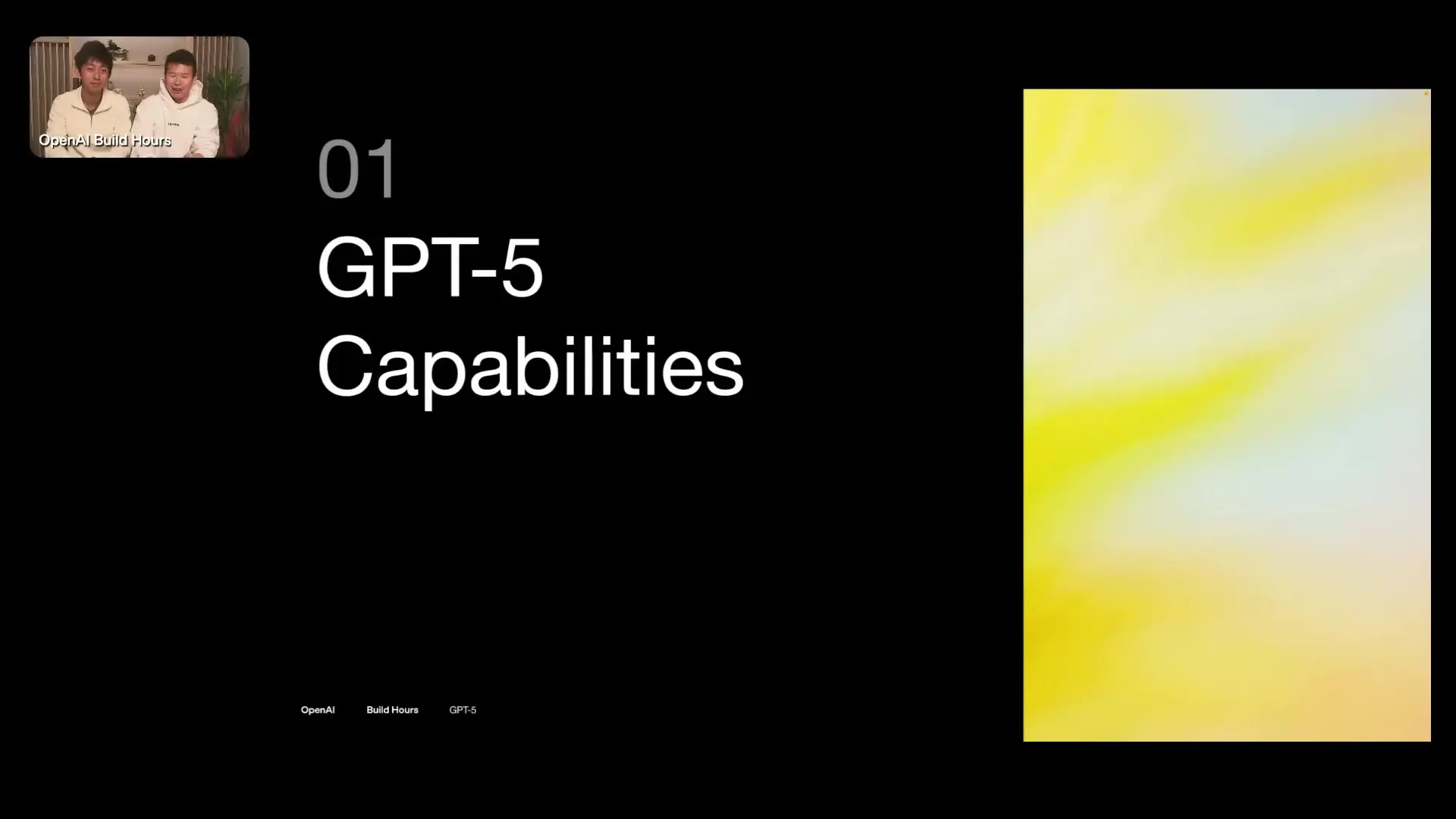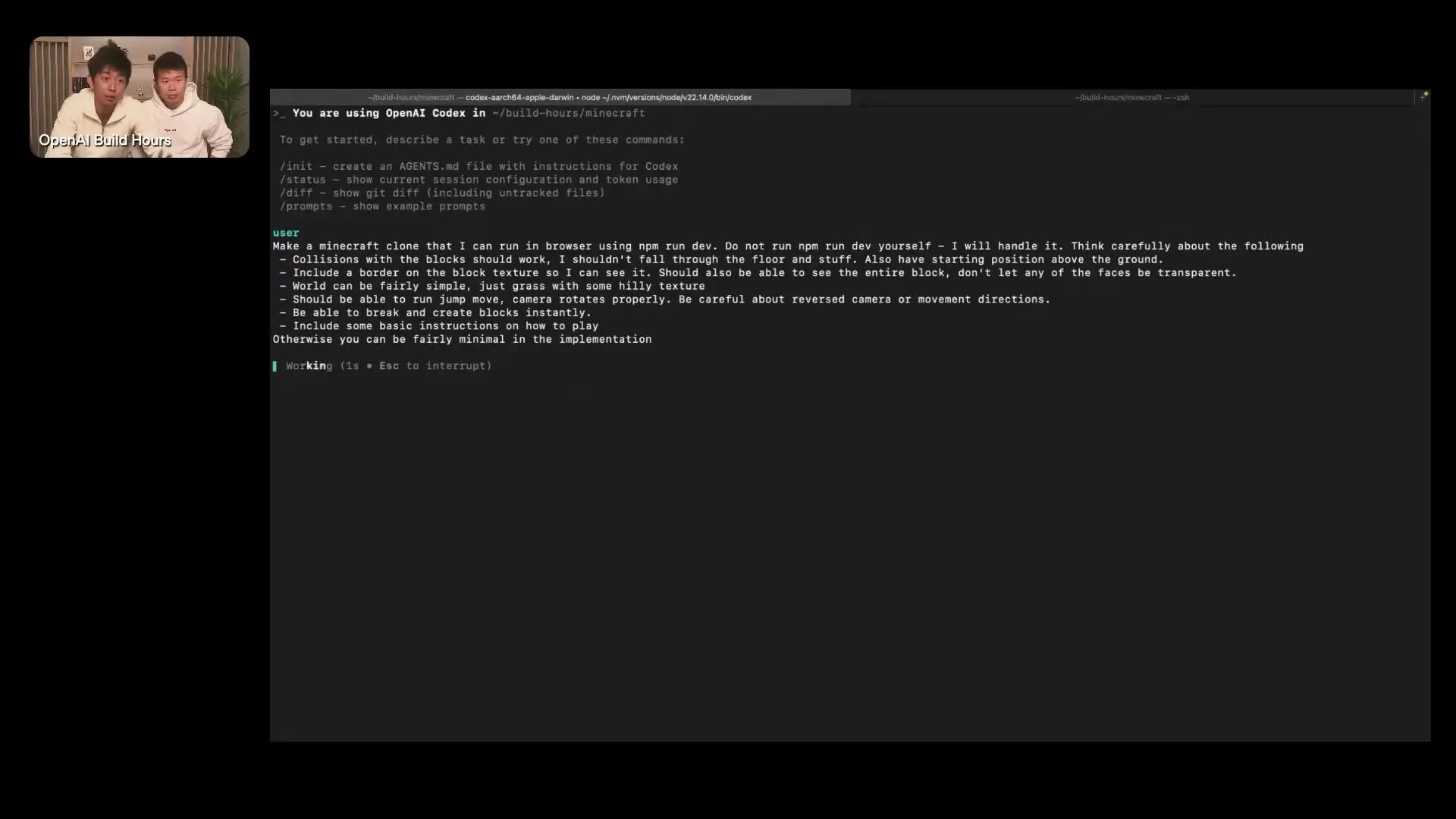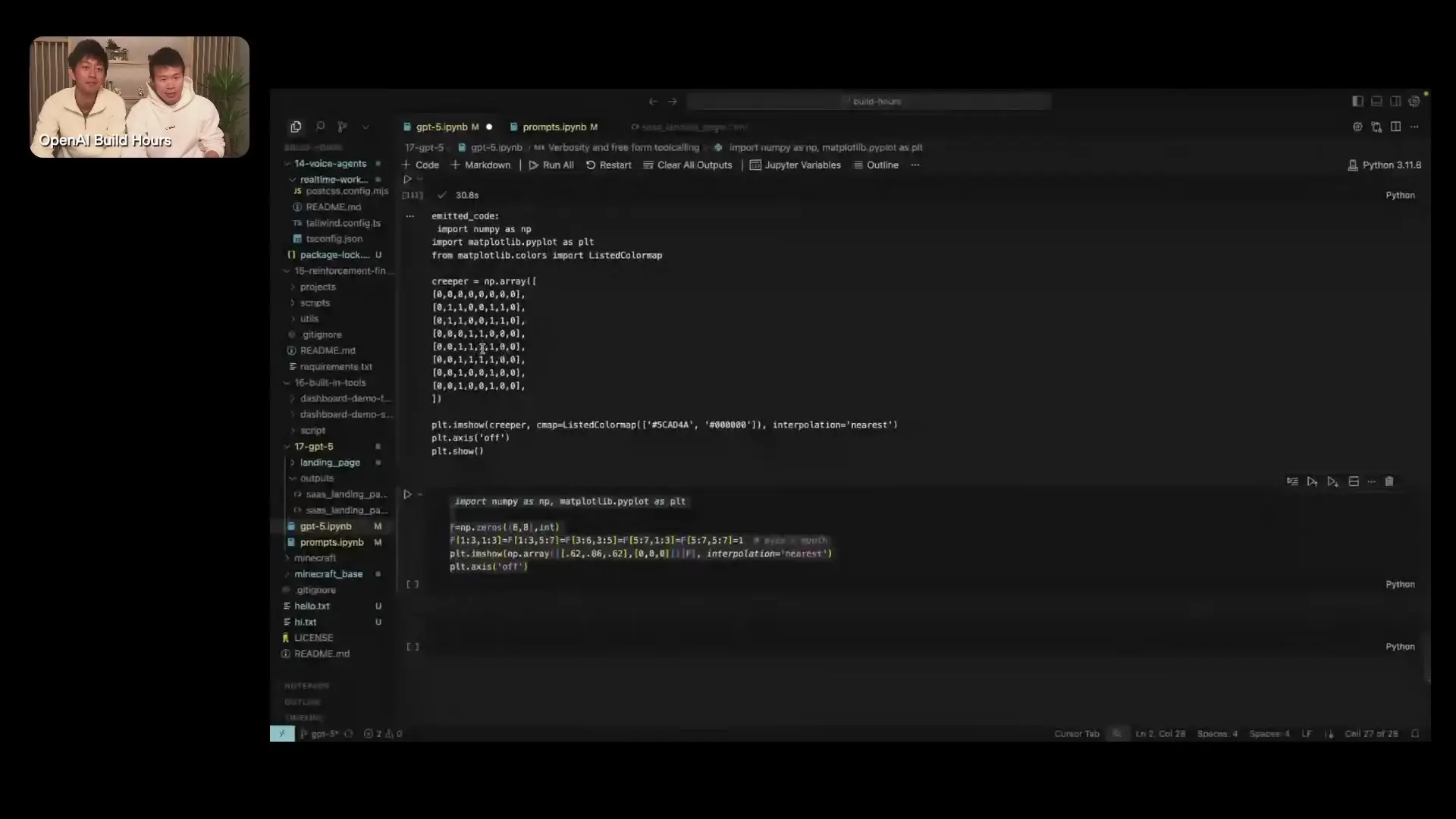
OpenAI's GPT-5 represents a significant leap forward in AI model development, offering developers unprecedented capabilities for building intelligent applications. As OpenAI's smartest and most steerable model to date, GPT-5 introduces a robust architecture that enhances coding collaboration, agentic tasks, and reasoning capabilities that can transform how developers interact with AI.
Key Capabilities of GPT-5 Architecture
GPT-5 architecture has been engineered to excel in several critical areas that previous models struggled with. The model demonstrates a step-function increase in code quality and front-end UI generation while maintaining exceptional collaborative capabilities. Benchmark tests show significant improvements in important metrics like Sweetbench and Ador Polyglot multilanguage code editing.
- Enhanced code generation with improved front-end UI capabilities
- Superior performance on long-running agentic tasks with multiple tool calls
- Precise instruction following with detailed explanations of actions
- Proactive self-correction when detecting errors in reasoning

Introducing the Responses API
One of the most significant advancements with GPT-5 is the introduction of the Responses API, which can be considered a more feature-rich evolution of the Completions API that developers may already be familiar with. The Responses API is specifically designed to leverage the full capabilities of reasoning models like GPT-5.
To use GPT-5 in your applications, simply change the model slug to 'gpt-5' in your API calls. This unlocks all the advanced features and capabilities of the new model architecture.
// Using the new Responses API with GPT-5
const response = await openai.responses.create({
model: "gpt-5",
messages: [
{ role: "user", content: "What is the weather in Paris today?" }
]
});
console.log(response.output.text);New Parameters for Enhanced Control
GPT-5 architecture introduces several new parameters that give developers finer control over model behavior and performance:
- Reasoning: Control how much reasoning the model performs with options like 'minimal' and 'high'
- Robocity: Adjust how deterministic the model's outputs should be
- Custom Tools: Make tool calls in plain text without worrying about escaping JSON
- Reasoning Summary: Get visibility into the model's thought process
The 'minimal' reasoning parameter is particularly valuable as it allows developers to get the intelligence of GPT-5 with latency profiles similar to non-reasoning models like GPT-4. This provides a significant performance boost for applications where response time is critical.
// Using minimal reasoning for faster responses
const fastResponse = await openai.responses.create({
model: "gpt-5",
messages: [{ role: "user", content: "Hello world" }],
reasoning: "minimal"
});
// Using high reasoning for more complex tasks
const detailedResponse = await openai.responses.create({
model: "gpt-5",
messages: [{ role: "user", content: "Analyze this code for bugs" }],
reasoning: "high",
reasoning_summary: true
});Stateful Conversations with Chain-of-Thought Reasoning
A key innovation in the GPT-5 architecture is its ability to maintain stateful conversations through chain-of-thought reasoning. The Responses API is stateful by default, storing the model's reasoning steps between interactions. This enables the model to maintain context and continue its train of thought across multiple exchanges.
For organizations that cannot use the stateful features due to security requirements, the API provides encrypted chain-of-thought tokens in the response. These tokens can be passed back to the model in subsequent calls to maintain continuity.

Tool Integration for Agentic Tasks
GPT-5 architecture excels at agentic tasks that require multiple tool calls. When the model needs external information, it can generate tool calls with appropriate arguments. After receiving the tool's response, the model can continue its reasoning process without losing context.
This is particularly valuable for complex workflows where the model needs to make sequential decisions based on external data. For example, when asking about the weather, the model can call a weather API with the correct location parameters, receive the response, and then formulate a helpful answer.
// Example of handling a tool call from GPT-5
const initialResponse = await openai.responses.create({
model: "gpt-5",
messages: [{ role: "user", content: "What is the weather in Paris today?" }]
});
// Check if the model made a tool call
if (initialResponse.output.tool_calls && initialResponse.output.tool_calls.length > 0) {
const toolCall = initialResponse.output.tool_calls[0];
// Execute the tool call (e.g., call a weather API)
const weatherData = await callWeatherAPI(toolCall.arguments.latitude, toolCall.arguments.longitude);
// Send the tool call result back to the model
const finalResponse = await openai.responses.create({
model: "gpt-5",
messages: [
{ role: "user", content: "What is the weather in Paris today?" },
{ role: "assistant", content: initialResponse.output.text, tool_calls: initialResponse.output.tool_calls },
{ role: "tool", tool_call_id: toolCall.id, content: JSON.stringify(weatherData) }
],
reasoning: initialResponse.output.reasoning
});
console.log(finalResponse.output.text);
}Front-End Development Capabilities
One of the most impressive aspects of the GPT-5 architecture is its ability to generate high-quality front-end code. With just a simple prompt, the model can create fully functioning websites with interactive elements like tabs and responsive layouts.

This capability dramatically accelerates the development process, allowing developers to quickly prototype interfaces or generate boilerplate code that can then be refined and customized.
Best Practices for Working with GPT-5
To get the most out of GPT-5's advanced architecture, consider these best practices:
- Use the Responses API instead of the Completions API to leverage all of GPT-5's capabilities
- Pass reasoning tokens back to the model for long-running tasks to maintain context
- Adjust the reasoning parameter based on your latency requirements and task complexity
- Explore the prompt optimization cookbook and prompt optimizer tools to refine your interactions
- For complex tool integrations, ensure you're properly handling the reasoning context between calls
Conclusion
GPT-5 architecture represents a significant advancement in AI model development, offering developers powerful new tools for building intelligent applications. With its enhanced reasoning capabilities, improved code generation, and seamless tool integration, GPT-5 enables developers to create more sophisticated and capable AI systems.
By leveraging the new Responses API and understanding the model's unique features like chain-of-thought reasoning and minimal reasoning parameters, developers can build applications that are not only more intelligent but also more efficient and responsive to user needs.
Let's Watch!
GPT-5 Architecture: Unlocking the Power of OpenAI's Smartest Model
Ready to enhance your neural network?
Access our quantum knowledge cores and upgrade your programming abilities.
Initialize Training Sequence